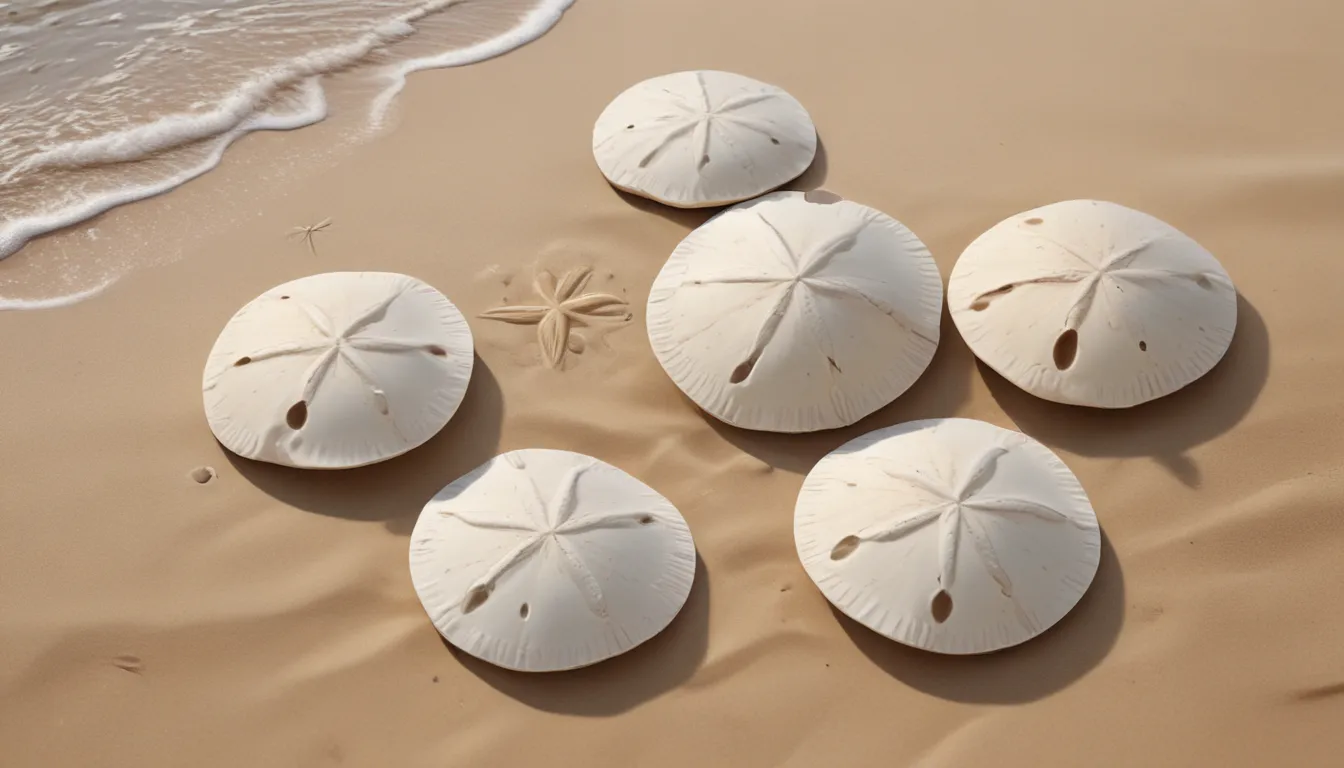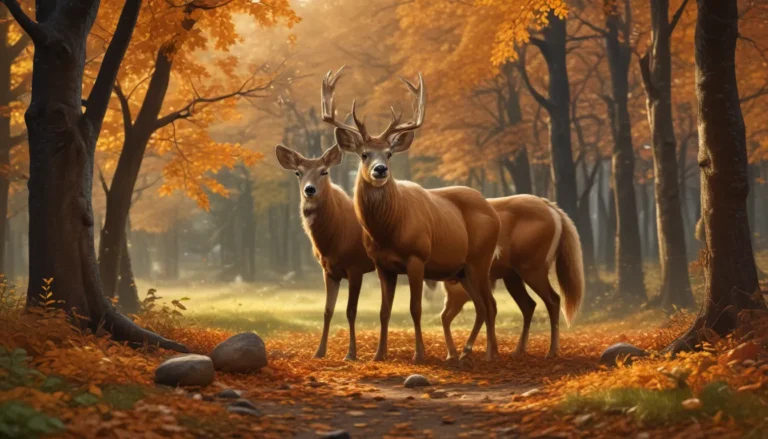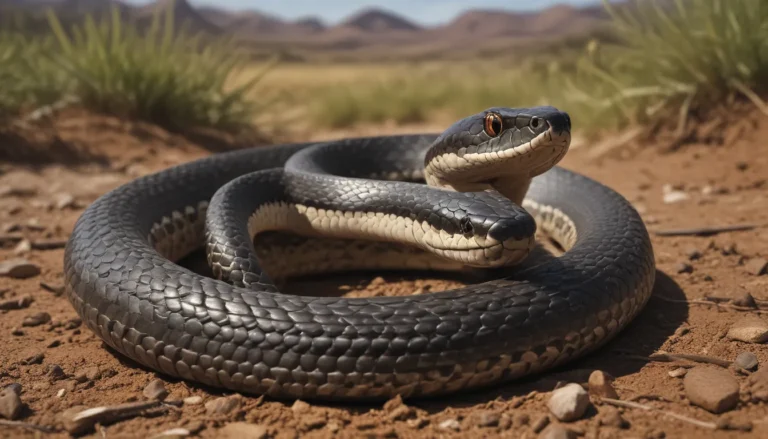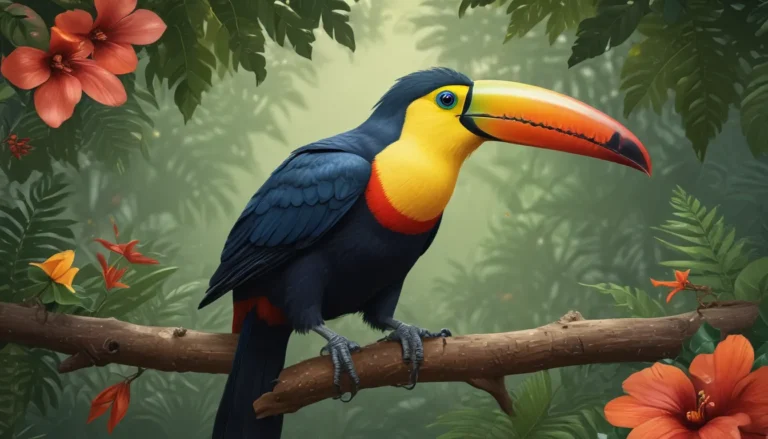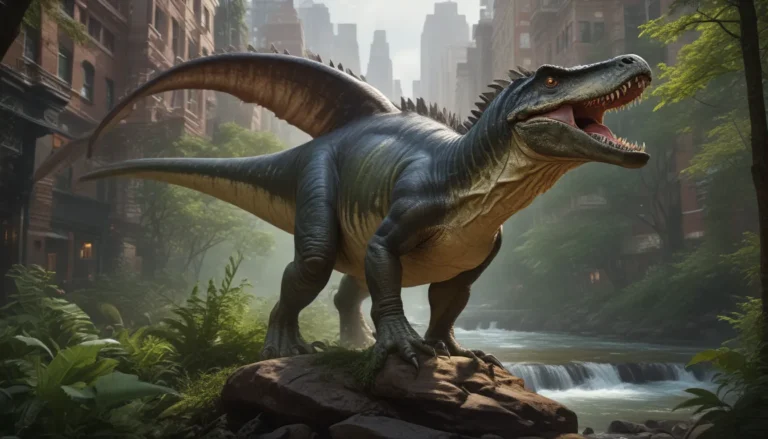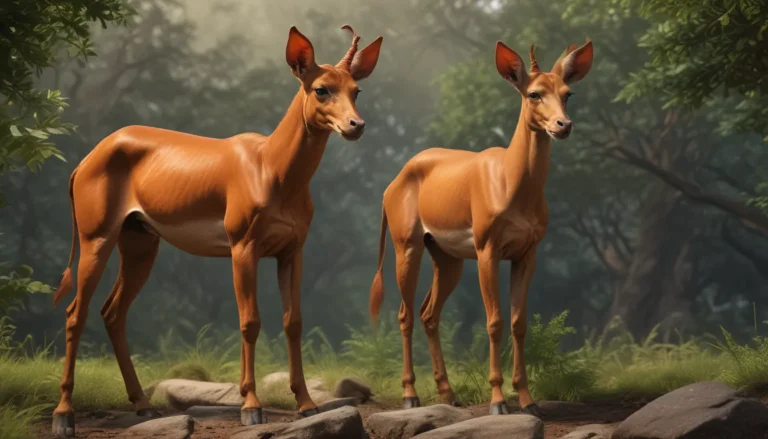The pictures we use in our articles might not show exactly what the words say. We choose these pictures to make you interested in reading more. The pictures work together with the words but don’t take their place. The words still tell you the important facts.
Introduction
Have you ever stumbled upon a delicate, disc-shaped object on the beach and wondered what it was? Chances are, you've encountered a sand dollar. These fascinating marine creatures are more than just pretty shells – they're living animals with a rich biology and intriguing characteristics. In this comprehensive guide, we'll dive deep into the world of sand dollars, exploring the most interesting facts that make these ocean dwellers truly unique.
From their unusual physical appearance to their surprising survival strategies, sand dollars are a testament to the wonders of marine life. Whether you're a beachcomber, a marine biology enthusiast, or simply curious about ocean creatures, this article will unveil the secrets of sand dollars and help you appreciate these remarkable beings. Let's embark on a journey to discover why sand dollars are far more valuable than their namesake currency.
Key Takeaways
- Sand dollars are living marine animals, not just shells
- They have a unique flower-like pattern on their surface
- Live sand dollars are brown, purple, or reddish in color, not white
- They can clone themselves as larvae for protection
- Sand dollar age can be determined by counting growth rings
- It's often illegal to collect live sand dollars
Fascinating Sand Dollar Facts
1. Living Creatures, Not Just Shells
Many people mistake sand dollars for simple shells, but they are actually living echinoderms. These fascinating creatures are closely related to sea urchins and starfish. When alive, sand dollars are covered in tiny, movable spines that give them a fuzzy or velvety texture. This living "fur" helps them move through sandy or muddy areas and catch food particles.
2. Colorful in Life, White in Death
Contrary to popular belief, live sand dollars are not white. They display vibrant colors ranging from brown and purple to reddish hues. The iconic white sand dollar "shell" we often find on beaches is actually the animal's skeleton, called a test, which becomes bleached by the sun after the creature dies.
3. Flower Power on Their Back
One of the most distinctive features of a sand dollar is the flower-like pattern on its surface. This isn't just for show – it's a functional part of their anatomy. The pattern, consisting of five petal-like sections, is formed by pores that allow water to pass through their body, aiding in respiration and movement.
4. Tiny but Mighty Eaters
Sand dollars have a unique way of feeding. They use tiny bristles called cilia to move food particles towards their mouth, which is located at the center of their underside. Their diet primarily consists of microscopic algae, but they also enjoy small crustaceans and larvae. It's a testament to how even the smallest creatures play a role in the ocean's ecosystem.
5. Masters of Burrowing
With their flat shape and tiny spines, sand dollars are perfectly adapted for a life of burrowing. They can dig into sandy or muddy substrates with ease, which helps them stay anchored in place despite ocean currents and protects them from predators. Some species even have special slits called lunules that help them stay embedded in the sand.
6. Cloning for Survival
In one of nature's most impressive defense mechanisms, some sand dollar larvae can clone themselves when they sense danger. By splitting in half, they create smaller versions of themselves that are harder for predators to detect. This remarkable ability showcases the incredible adaptations these creatures have developed over time.
7. Living Timepieces
Just like trees, sand dollars have growth rings that can reveal their age. By counting these rings on their skeleton, scientists can determine how long a sand dollar has lived. Most sand dollars typically live for 6-10 years, but some can survive even longer.
8. A Name with History
The term "sand dollar" isn't just a fanciful name. These creatures earned their moniker due to their resemblance to silver dollar coins. This comparison has led to various folklore and myths, with some cultures believing they were lost coins from mermaids or the legendary city of Atlantis.
9. Aristotle’s Underwater Lantern
The sand dollar's mouth structure has a rather philosophical name – "Aristotle's lantern". Named after the ancient Greek thinker, this structure got its title due to its resemblance to horn lanterns used in Aristotle's time. It's a fascinating blend of science and historical reference.
10. Protected Marine Treasures
While it might be tempting to collect these beautiful creatures, it's crucial to know that in many areas, including Florida, it's illegal to collect live sand dollars. This protection helps maintain the delicate balance of marine ecosystems. If you're unsure whether a sand dollar is alive, look for moving spines or a non-white color.
FAQs About Sand Dollar Interesting Facts
How can I tell if a sand dollar is alive?
Look for movement of the tiny spines, a non-white color, or a yellow stain left on your hand when touched.
What do sand dollars eat?
They primarily feed on microscopic algae, small crustaceans, and plankton larvae.
How big do sand dollars get?
Most sand dollars measure between 5-10 cm (2-4 inches) in diameter.
Are sand dollars endangered?
While not endangered, many areas protect live sand dollars to preserve marine ecosystems.
Can sand dollars survive out of water?
No, sand dollars cannot survive long out of water and should be left in their natural habitat.
Conclusion
Sand dollars are truly remarkable creatures that embody the wonders of marine life. From their unique physical characteristics to their fascinating behaviors and adaptations, these unassuming ocean dwellers have captured the imagination of beachgoers and scientists alike. Their ability to clone themselves, their intricate flower-like patterns, and their role in ocean ecosystems all contribute to making sand dollars one of the most interesting inhabitants of our seas.
As we've discovered, there's much more to sand dollars than meets the eye. By understanding and appreciating these fascinating creatures, we can better recognize the importance of preserving marine habitats and protecting the diverse life forms that call our oceans home. The next time you spot a sand dollar on the beach, take a moment to marvel at the living treasure before you – a small but significant piece of the vast and wondrous ocean world.
